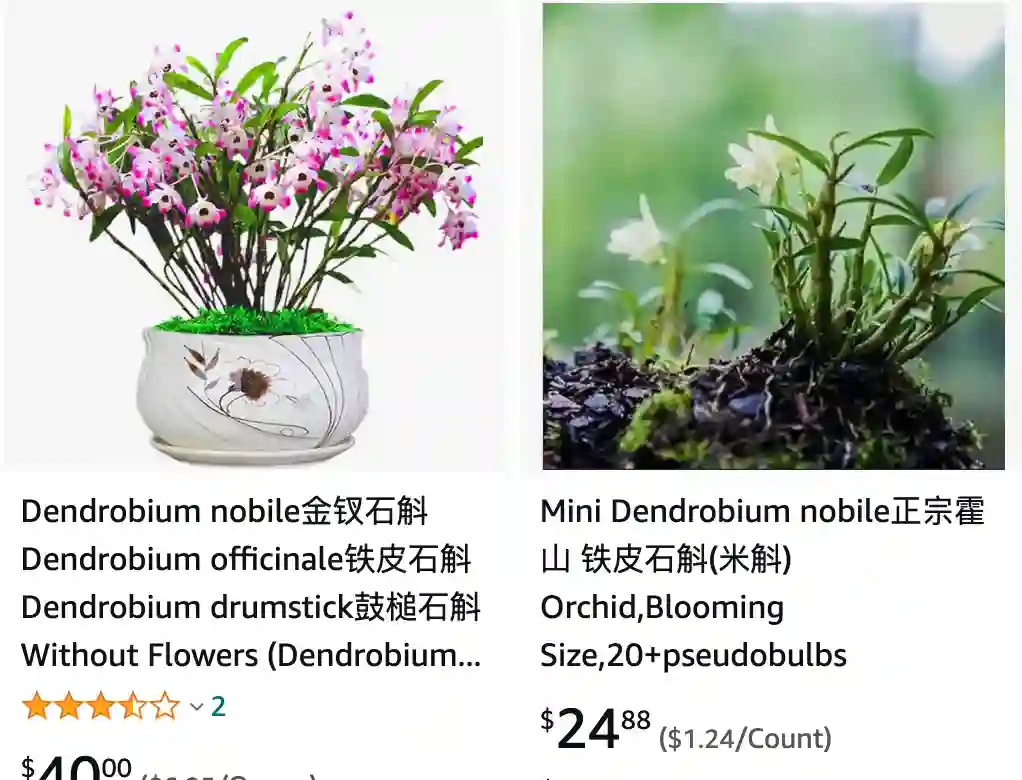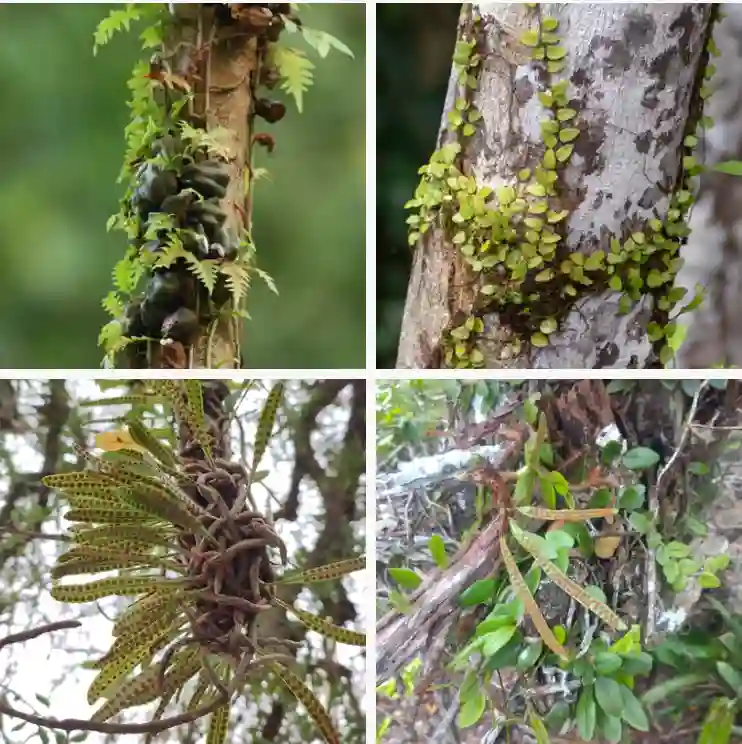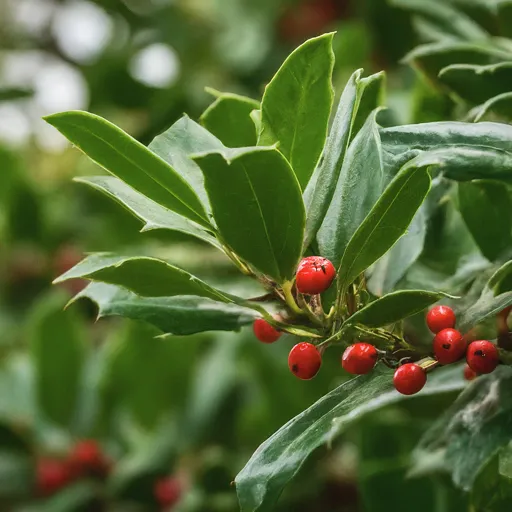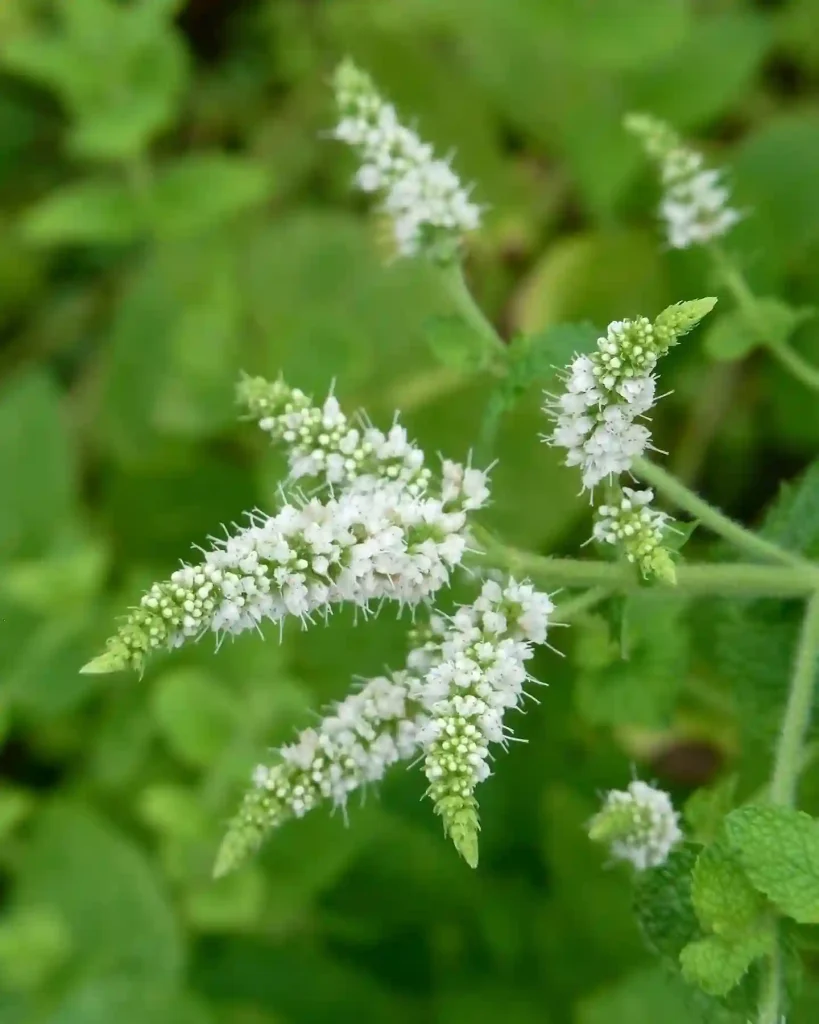
What is Dendrobium nobile?
Dendrobium nobile is a stunning orchid species that I fell in love with the moment I saw it. Its elegant, arching stems and vibrant blooms captivated me instantly. I remember when I first brought one home, I was so excited to care for it and watch it thrive.
1621 Species in Genus Dendrobium
What does a Dendrobium nobile spike look like?
A Dendrobium nobile spike is truly a sight to behold. It emerges from the nodes along the cane-like stems, adorned with clusters of colorful flowers. The spikes can vary in length and can produce multiple blooms, creating a breathtaking display.
What is Dendrobium nobile used for?
Dendrobium nobile is used for various purposes, but for me, its primary appeal lies in its ornamental value. Its delicate flowers add beauty and charm to any space, making it a popular choice for home décor and floral arrangements. Additionally, some cultures believe that orchids bring good luck and prosperity, further enhancing their appeal.
Do you cut back Dendrobium nobile?
Yes, I do cut back my Dendrobium nobile after it finishes blooming. Trimming back the spent spikes not only tidies up the plant’s appearance but also encourages new growth and future flowering. I always make sure to use sterilized tools to prevent any potential infections.
How to care for Dendrobium nobile?
Caring for Dendrobium nobile requires a bit of attention, but it’s definitely worth it. I’ve found that providing bright, indirect light, consistent watering during the growing season, and a slight decrease in water and fertilizer during the winter rest period helps keep my orchid healthy and happy.
How to repot a Dendrobium nobile orchid?
Repotting a Dendrobium nobile orchid can be a bit daunting at first, but with the right approach, it’s manageable. I usually wait until after the blooming season and use a well-draining orchid mix. Gently removing the old potting material and inspecting the roots ensures that my orchid has plenty of room to grow.
Are all Dendrobium nobile fragrant?
Not all Dendrobium nobile varieties are fragrant, but some do have a delightful scent. I’ve come across a few cultivars with fragrant blooms, and let me tell you, the aroma is simply enchanting. It adds an extra layer of enjoyment to the overall orchid experience.
Can I grow Dendrobium nobile orchids outside in Southern California?
Living in Southern California, I’ve found that growing Dendrobium nobile orchids outside can be quite successful. The mild climate and ample sunshine create ideal conditions for these orchids to thrive. However, I do provide some protection from harsh midday sun and ensure adequate airflow to prevent issues like rot.
How long does Dendrobium nobile winter rest?
The winter rest period for Dendrobium nobile typically lasts around 6-8 weeks, during which I reduce watering and fertilizing to mimic its natural growth cycle. This rest period is crucial for the plant to recharge and prepare for the next blooming season.
How to care for a Dendrobium nobile after blooming?
Caring for a Dendrobium nobile after blooming involves maintaining regular care routines while also giving the plant a bit of a break. I continue to provide adequate light, water, and humidity, but I also scale back on fertilizing to allow the plant to rest and recuperate.
How to propagate Dendrobium nobile?
Propagating Dendrobium nobile can be done through division or by using back bulbs. I’ve had success with both methods, but division is my preferred technique. It allows me to create new plants from established ones, ensuring a continuous supply of these beautiful orchids in my collection.
Where to buy Dendrobium nobile?
I’ve found that there are several places to buy Dendrobium nobile orchids, both online and at local nurseries or orchid shows. Personally, I enjoy browsing online nurseries and specialty orchid shops, where I can find a wide variety of cultivars to choose from. I always make sure to buy from reputable sellers to ensure the quality and health of the plants.
If i die, water my plants!



